mesh networking
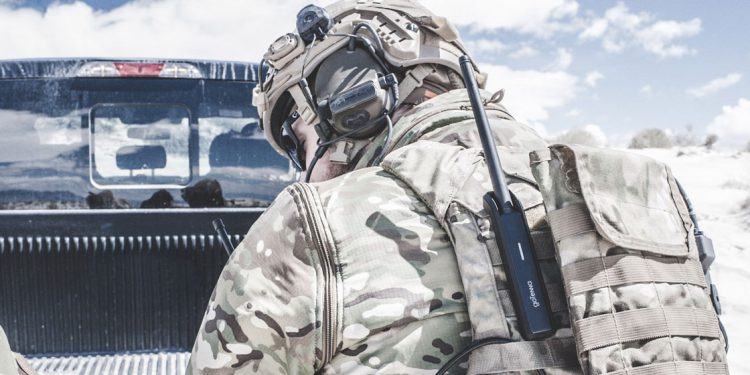
Tech Talk | Remote Situational Awareness for Special Operations Forces
Join Wes Bryant, SOF Business Development Lead at goTenna as he presents a 10-minute Tech Talk on Remote Situational Awareness (RSA) during DSI’s 9th Annual SOF and Worldwide Operations Symposium on December 10th, 2020. Bryant discusses how to integrate low-bandwidth mesh networking technologies into tactical communications, command, and control. He
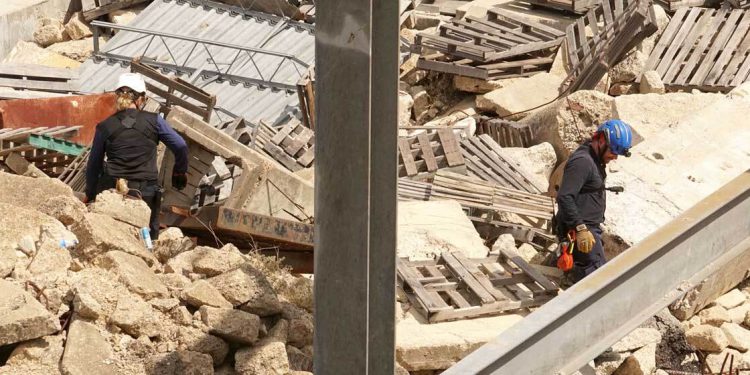
Video | Decentralizing emergency communications networks
When we look back at recent wildfires, earthquakes, and other disasters, we remember the critical loss of cell sites, RF towers, connectivity to 911 dispatch centers, broadcast stations, and public alerting systems. We know that our centralized communications infrastructure is never invincible. So, how do we avoid these communications challenges
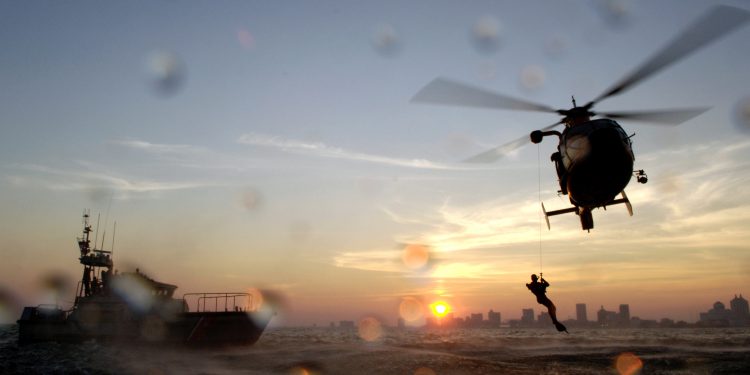
Video | “Bring the Network with You: Deployable Networks and Off-Network Communications” Panel Session at IWCE Virtual 2020
This panel is ideal for first responders operating in rural and disaster-prone communities. Discussing technologies ranging from low-earth orbit satellites to mesh networking, this panel will share examples of how to “bring the network with you” so that you can gain access to portable, quick, and turnkey solutions when coverage
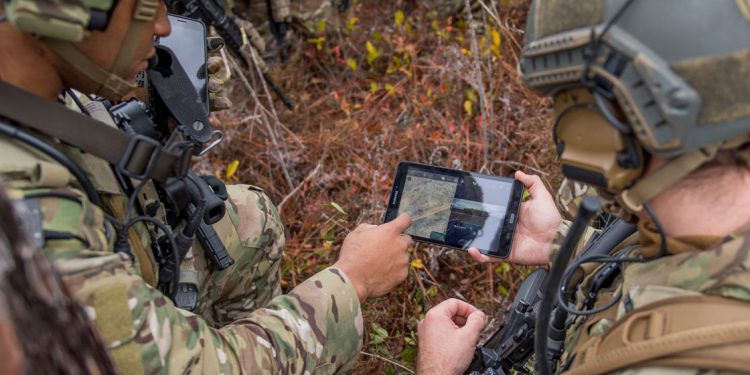
How the U.S. military helped develop mobile mesh networking
Mobile mesh networks provide device-to-device connectivity when centralized infrastructure is either unreliable or unavailable. Whether each network “node” is mobile or not, the defining features of mesh networks — decentralized, infrastructure-less, routing over multiple “hops” — have manifested themselves over the last several decades in different forms, for different applications,
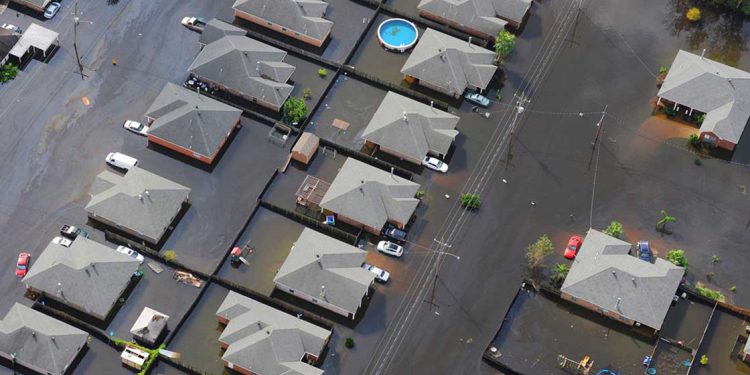
Whitepaper | Disaster response communications in the age of COVID-19
COVID-19 presents an immediate challenge to emergency management organizations responding to secondary disasters like hurricanes, floods, and wildfires. As ventilators, tests, and personal protective equipment flood our newsfeeds, we can’t forget the basic need underlying any disaster response: communications. With threats from cybersecurity to climate change, communications challenges were mounting

Four common objections to smartphone adoption, and how to address them
Public safety agencies and organizations across the globe are becoming increasingly smartphone-centric. In a recent webinar hosted by the International Public Safety Association, panelist Dale Stockton said, “When you consider the sheer utility and overall functionality, [smartphones] have become the tech equivalent of the proverbial Swiss Army knife.” It’s this
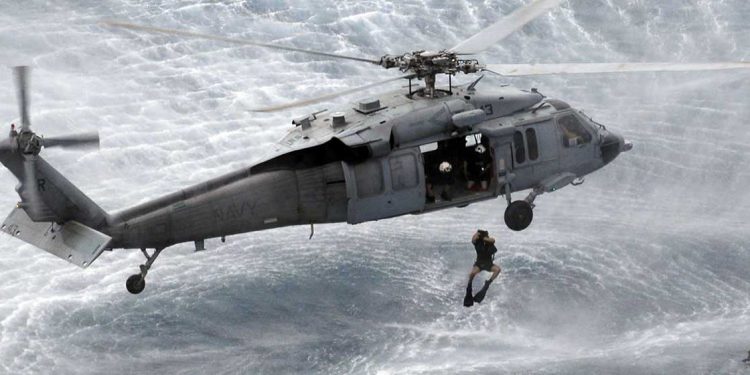
Webinar | How to implement a mobile first strategy for emergency management
Mobile devices and applications are increasingly critical to day-to-day public safety operations, but many organizations are unprepared in the event cell phone connectivity — and access to these new tools — becomes unreliable or unavailable. New advancements in mobile and wireless communications are now allowing emergency response and recovery teams
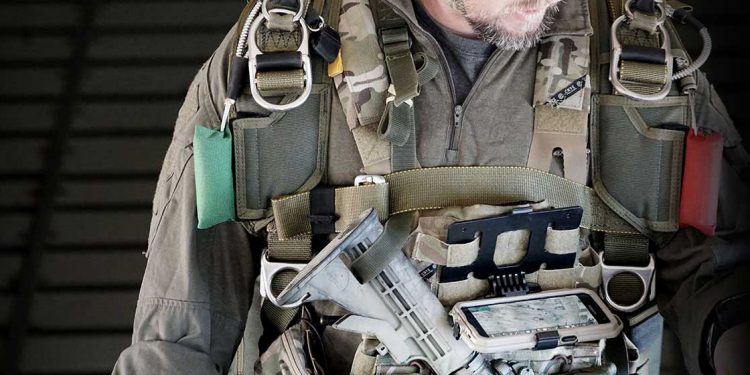
Making the case for smartphones
Ask the average millennial or member of Gen Z to find you something on a paper map. If you do, I hope you’re prepared to wait for a while. Millennials have been accused of killing everything from chain restaurants to the diamond industry. And I’m certainly not trying to jump
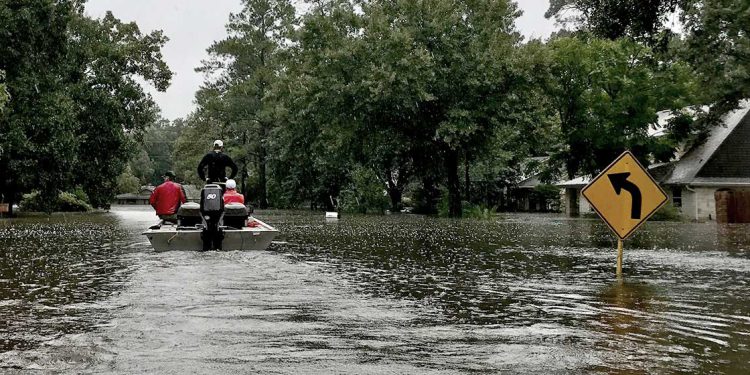
Staying connected while saving lives – mesh networking for public safety
In my home state of Texas, we’ve experienced three “five hundred year floods” in just the past few years. And that’s a similar story to what we’re hearing across the country, where flooding, wildfires, hurricanes and other natural disasters are seemingly increasing in frequency. But they’re not just happening more
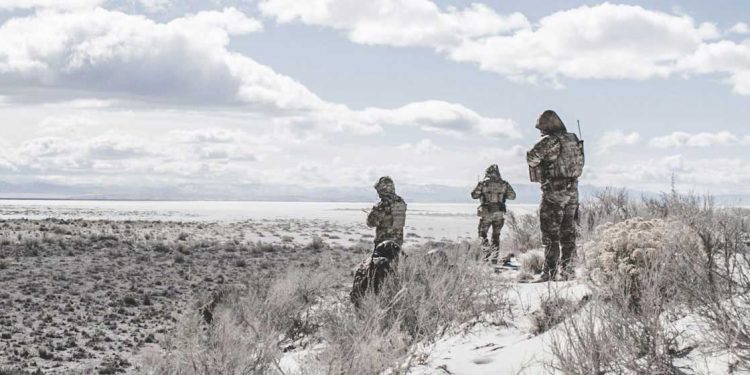
Mobile mesh networking – transparency down to the individual warfighter
Our military does absolutely everything necessary to ensure that each, individual warfighter is prepared for action and capable of accomplishing their mission. It’s this individual attention to providing each soldier with the tools, skills, weapons and technologies necessary to succeed that has made America’s military the most effective and capable



